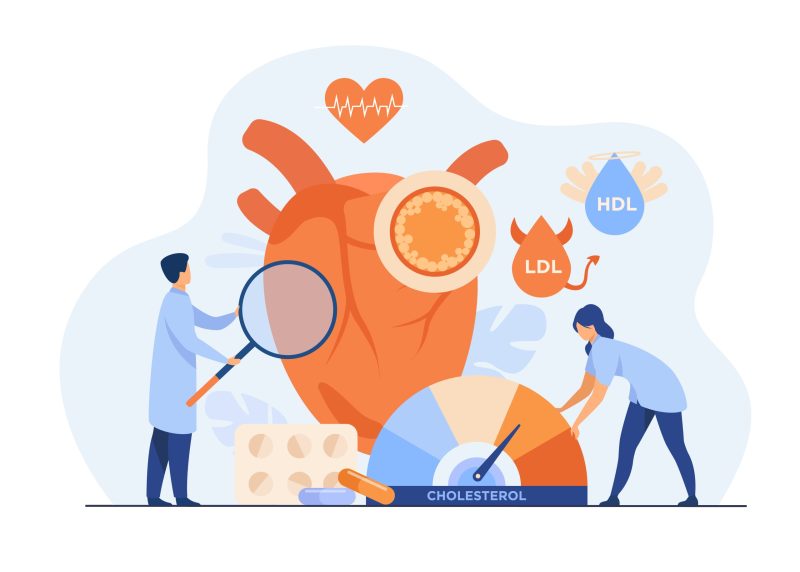Flossing Basics for Better Hygiene
Flossing is a cornerstone of good oral hygiene, working hand-in-hand with brushing to keep your teeth and gums healthy. By removing food particles and plaque from areas your toothbrush can’t reach, flossing helps prevent tooth decay, gum disease, and bad breath. Here’s everything you need to know about flossing, including how often to do it, the best techniques, common mistakes to avoid, and why it’s so important.
Why Flossing Matters
Flossing cleans between your teeth and along the gumline, where food debris and plaque tend to hide. Plaque is a sticky film of bacteria that forms on your teeth and can lead to cavities, gingivitis, and more advanced gum disease if not removed. Regular flossing not only keeps your mouth cleaner but also supports your overall health, as poor oral hygiene has been linked to conditions like heart disease and diabetes.
How Often Should You Floss?
The American Dental Association (ADA) recommends flossing once a day in addition to brushing your teeth twice daily. This routine ensures that food particles and plaque don’t have a chance to build up. Flossing before brushing is ideal because it dislodges debris, allowing your toothbrush and toothpaste to clean more effectively.
You can floss at any time—morning, after meals, or before bed. The key is consistency. Pick a time that fits your schedule and make it a daily habit.
Can You Floss Too Much?
Flossing more than once a day is usually unnecessary and may even harm your gums. Over-flossing can irritate or damage gum tissue, especially if done too aggressively. However, if you feel something stuck between your teeth, it’s okay to floss gently to remove it.
How to Floss Correctly
Proper flossing technique is simple but important to get right. Follow these steps for effective flossing:
- Prepare the floss: Break off about 18–24 inches of dental floss and wind most of it around the middle fingers of each hand, leaving a 1–2 inch section to work with.
- Hold it right: Grip the floss tightly between your thumbs and index fingers.
- Slide gently: Carefully guide the floss between your teeth using a gentle back-and-forth motion. Avoid snapping or forcing it, as this can harm your gums.
- Clean at the gumline: When the floss reaches the gumline, curve it into a C-shape around one tooth and slide it gently up (for lower teeth) or down (for upper teeth) to remove debris. Repeat for the other tooth in the gap.
- Use fresh floss: Unwind a clean section of floss for each tooth to avoid spreading bacteria.
- Don’t skip the back: Floss the back sides of your back teeth, which are often neglected.
For a visual guide, check out the ADA’s flossing video or ask your dentist for a demonstration.
Common Flossing Mistakes to Avoid
Even though flossing seems straightforward, it’s easy to make mistakes that reduce its effectiveness or harm your gums. Here are some pitfalls to watch out for:
- Pulling floss the wrong way: Always move debris away from your gums—pull down for upper teeth and up for lower teeth.
- Reusing floss: Used floss can fray and harbor bacteria. Always use fresh floss for each session.
- Snapping floss: Forcing floss between teeth can cut or irritate gums. Slide it gently instead.
- Using too little floss: A short piece of floss is harder to handle and less hygienic. Use at least 18 inches and switch to a clean section for each tooth.
- Stopping if your gums bleed: Bleeding gums may indicate plaque buildup or gingivitis. Keep flossing gently and consistently, and consult your dentist if bleeding persists for more than a few days.
Benefits of Daily Flossing
Flossing offers a range of benefits that go beyond what brushing alone can achieve:
- Cleans hard-to-reach areas: Removes food and plaque from between teeth and under the gumline.
- Prevents cavities and gum disease: Reduces plaque buildup, lowering the risk of tooth decay and gingivitis.
- Stops tartar formation: Keeps plaque from hardening into tartar, which requires professional removal.
- Fights bad breath: Removes bacteria and food particles that cause odors.
- Promotes healthy gums: Reduces inflammation, soreness, and puffiness.
- Supports overall health: Good oral hygiene may lower the risk of systemic issues like heart disease or diabetes.
Additional Flossing Tips
- Choose the right floss: Waxed, unwaxed, or dental tape—pick what feels comfortable and effective for you. If you have tight teeth, try thinner floss or floss picks.
- Consider interdental tools: If traditional flossing is challenging, ask your dentist about alternatives like interdental brushes, water flossers, or floss picks.
- Floss with braces or dental work: Use floss threaders or orthodontic floss to navigate around braces, bridges, or crowns.
- See your dentist regularly: Professional cleanings and checkups complement your flossing routine and catch issues early.
Flossing once a day is a small but powerful step toward a healthier smile. By removing plaque and debris that brushing misses, flossing helps prevent cavities, gum disease, and bad breath. Make it a daily habit—whether in the morning, after lunch, or before bed—and always floss before brushing for the best results. If you’re new to flossing or have questions, your dentist can provide personalized advice to keep your oral health on track.









